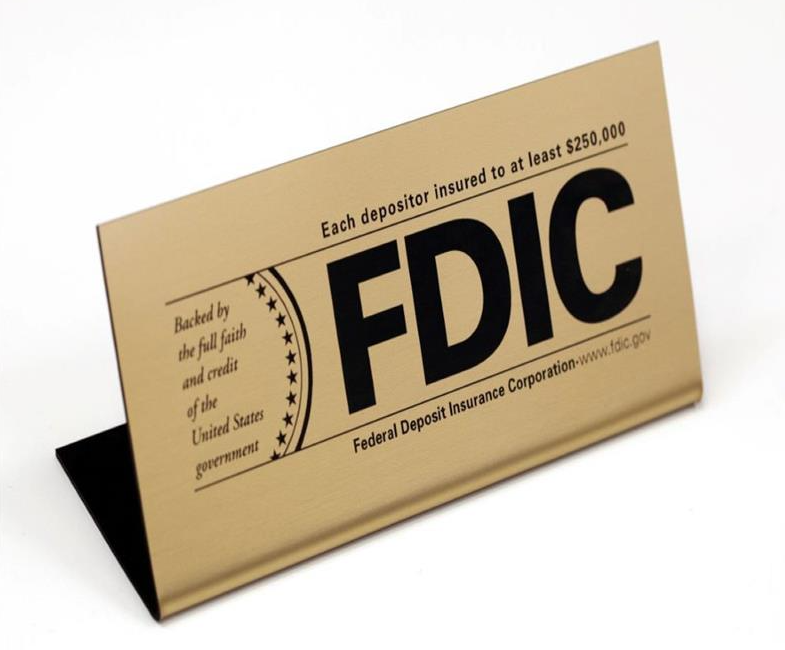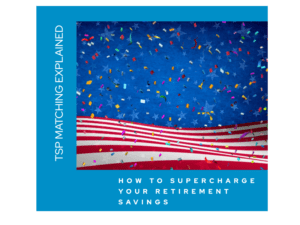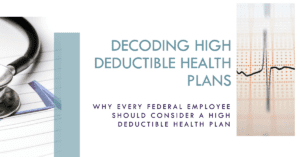Are you worried about the safety of your hard-earned money in a bank? With the recent news of the collapse of Silicon Valley Bank and Signature Bank of New York, we should better understand FDIC (Federal Deposit Insurance Corporation) and how it works. The FDIC is a government agency that provides deposit insurance to protect your funds in the event that your bank goes bankrupt. Established in 1933, the FDIC is designed to maintain stability and public confidence in the US financial system by insuring bank deposits and savings institutions. In this article, we’ll take a closer look at how the FDIC operates and better understand its coverage limits.
The FDIC collects premiums from member banks and savings institutions and uses those funds to insure deposits up to a certain amount. Currently, the standard insurance amount is $250,000 per depositor, per insured bank, or savings institution. This means that if a depositor has accounts at multiple banks, each account at each bank is insured up to $250,000. It’s also important to know that FDIC insurance covers only deposits in checking accounts, savings accounts, money market accounts, and certificates of deposit (CDs). It does not cover other types of investments, such as stocks, bonds, mutual funds, or annuities.
So let’s focus on the $250,000 coverage limit and how we can obtain coverage beyond that amount. The FDIC protects by account ownership type. This means The FDIC provides coverage for various deposit account types in banks and savings institutions. Here’s a breakdown of the different account types and their coverage limits:
- Single Accounts: A single account is an account in which only one person has an ownership interest. FDIC insurance covers up to $250,000 per depositor, per insured bank.
- Joint Accounts: A joint account is owned by two or more people. Each account owner’s account share is insured for up to $250,000.
- Trust Accounts: Revocable and irrevocable trust accounts are insured for up to $250,000 for each beneficiary in general.
- Retirement Accounts: Retirement accounts include Individual Retirement Accounts (IRAs), Simplified Employee Pension (SEP) plans, and Self-Employed 401(k) plans. FDIC insurance covers up to $250,000 per depositor. This only applies if the accounts are held at a bank and not in investments like stocks or bonds.
Let’s look at an example. Let’s assume that we have a family of 4 people—two parents (John & Jane) with two children (Michael & Michelle). John and Jane each have a separate account, a joint account, and savings accounts for each child. So their total FDIC Cover could look like this.
Accoun Title | FDIC Coverage |
John Smith | $250,000 |
Jane Smith | $250,000 |
John & Jane Smith | $500,000 |
Michael Smith, as beneficiary | $250,000 |
Michelle Smith, as beneficiary | $250,000 |
Total FDIC Coverage | $1,500,000 |
As you can see, their total FDIC coverage can easily be over $250,000. By understanding the rules, they can make sure that their account at this bank is protected up to $1.5 million. They can also extend the coverage by setting up a trust or using a separate bank.
In conclusion, the Federal Deposit Insurance Corporation (FDIC) provides essential protection for your deposits in banks and savings institutions. With coverage up to $250,000 per depositor, per insured bank, the FDIC offers peace of mind and financial security in case of unexpected bank failures. By understanding how FDIC coverage works, you can make informed decisions about how to structure your accounts to ensure maximum protection for your funds.
Reach Out to Us!
If you have additional federal benefit questions, contact our team of CERTIFIED FINANCIAL PLANNER™ (CFP®) and Chartered Federal Employee Benefits Consultants (ChFEBC℠). At PlanWell, we focus on retirement planning for federal employees. Learn more about our process designed for the career federal employee.
Preparing for a federal retirement? Check out our scheduled federal retirement workshops. Sign up for our no-cost federal retirement webinars here! Make sure to plan ahead and reserve your seat for our FERS webinar, held every three weeks. Want to have PlanWell host a federal retirement seminar for your agency? Reach out and we’ll collaborate with HR to arrange an on-site FERS seminar.
Want to fast-track your federal retirement plan? Skip the FERS webinar and start a one-on-one conversation with a ChFEBC today. You can schedule a one-on-one meeting here.






